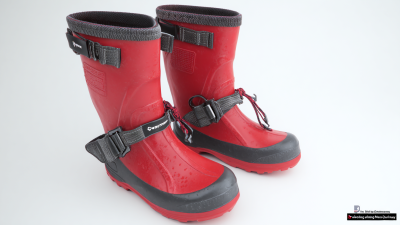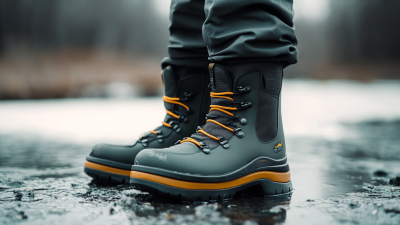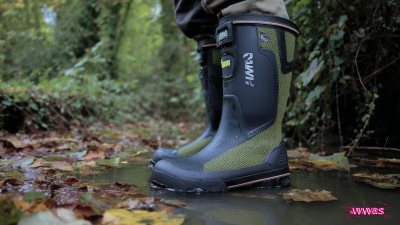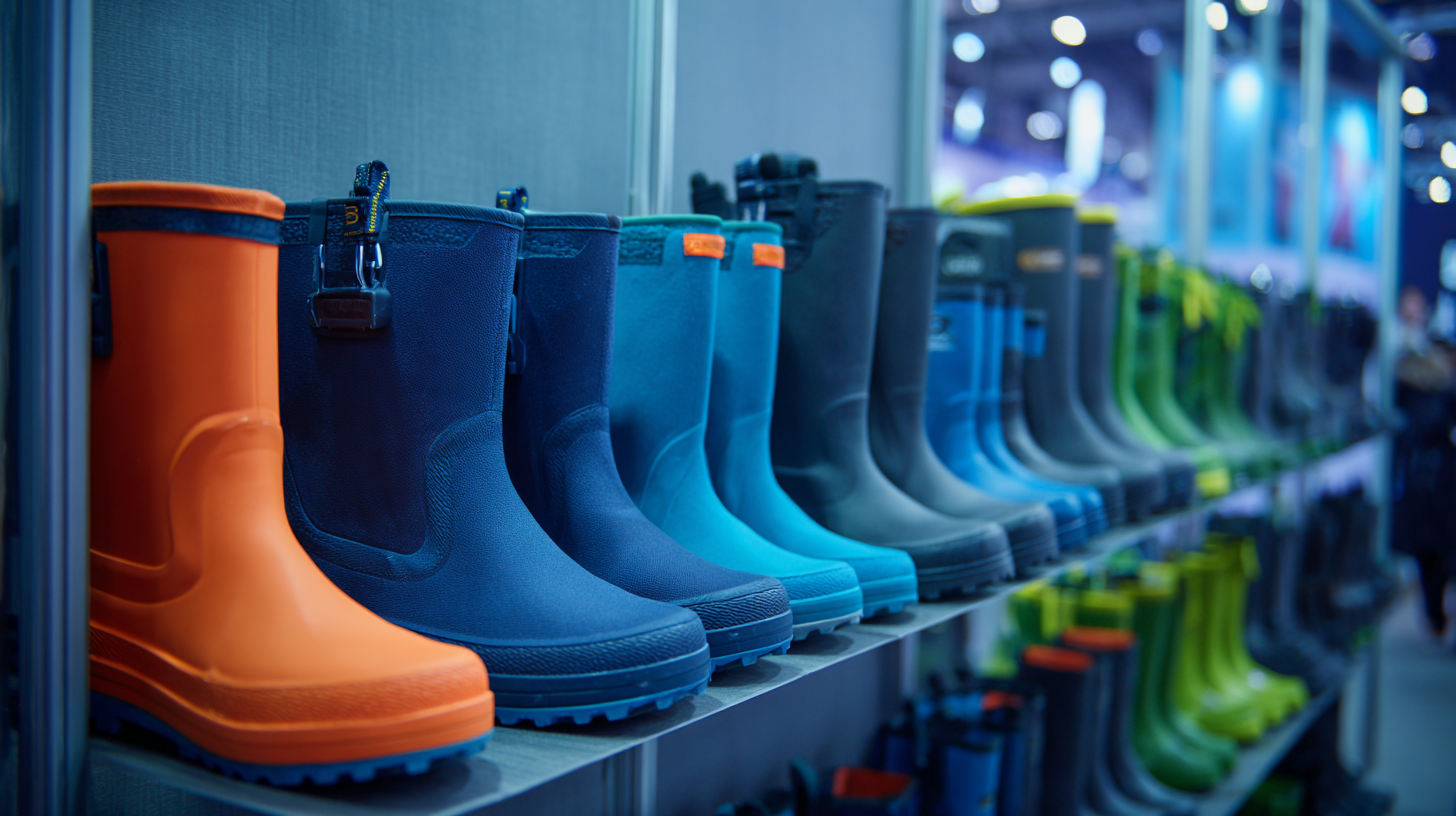 As the 138th China Import and Export Fair approaches in 2025, the spotlight shines brightly on Neoprene Boots, a sector experiencing robust growth in the global footwear market. According to industry reports, the neoprene footwear market is projected to reach USD 3.5 billion by 2026, growing at a CAGR of 5.4% from 2021 to 2026. This rise can be attributed to increasing consumer demand for durable and waterproof footwear, particularly in outdoor and recreational activities. The versatility of neoprene, coupled with its thermal insulation properties, has made these boots particularly popular in diverse markets, from hiking to water sports. As exhibitors and buyers converge at the fair, innovations in design and functionality will likely take center stage, reflecting changing consumer preferences and advancing manufacturing technologies. Exploring these emerging trends not only highlights the significance of Neoprene Boots in the current market landscape but also positions industry players to capitalize on future opportunities.
As the 138th China Import and Export Fair approaches in 2025, the spotlight shines brightly on Neoprene Boots, a sector experiencing robust growth in the global footwear market. According to industry reports, the neoprene footwear market is projected to reach USD 3.5 billion by 2026, growing at a CAGR of 5.4% from 2021 to 2026. This rise can be attributed to increasing consumer demand for durable and waterproof footwear, particularly in outdoor and recreational activities. The versatility of neoprene, coupled with its thermal insulation properties, has made these boots particularly popular in diverse markets, from hiking to water sports. As exhibitors and buyers converge at the fair, innovations in design and functionality will likely take center stage, reflecting changing consumer preferences and advancing manufacturing technologies. Exploring these emerging trends not only highlights the significance of Neoprene Boots in the current market landscape but also positions industry players to capitalize on future opportunities.
As the 2025 China Import and Export Fair approaches, the neoprene boot industry is poised for significant innovation. Emerging design trends focus on sustainability and functionality, showcasing the industry's response to consumer demand for eco-friendly products. According to recent market research, the global market for neoprene footwear is projected to grow at a CAGR of 5.3% from 2023 to 2030, driven by innovations in material technology and design versatility. Brands are increasingly adopting bio-based neoprene, which reduces environmental impact while maintaining high performance and durability.
Another key aspect of design innovations is the integration of smart technology. Smart neoprene boots equipped with temperature regulation systems and moisture-wicking properties are becoming increasingly popular among outdoor enthusiasts, as noted in a 2023 industry report. Furthermore, ergonomic designs that adapt better to foot anatomy are enhancing comfort and support, catering to a growing segment of adventurous consumers. With these trends, the future of neoprene boots is not just about style, but also about meeting the evolving demands of a conscious and tech-savvy market.
| Feature | 2025 Trends |
|---|---|
| Material Innovation | Eco-friendly neoprene alternatives |
| Design Aesthetics | Bold colors and patterns for personalization |
| Sustainability Features | Recyclable materials and zero-waste designs |
| Performance Enhancements | Improved thermal insulation and waterproofing |
| Technological Integration | Smart features like temperature regulation |
| Market Demand | Increasing interest in outdoor and adventure activities |
| Customization Options | Personalized fit and style selections |
The 2025 China Import and Export Fair highlights a growing emphasis on sustainability in the production of neoprene boots. As environmental concerns continue to rise, manufacturers are increasingly adopting eco-friendly practices that prioritize the planet while maintaining product quality. This includes using sustainable materials and production methods that reduce waste and carbon emissions. By integrating recycled materials into neoprene formulations, brands are not only enhancing the durability of their boots but also addressing consumer demands for environmentally responsible products.
Furthermore, advancements in sustainable technology play a pivotal role in reshaping the neoprene boot industry. Innovations such as water-based adhesives, natural rubber alternatives, and biodegradable coatings are transforming traditional manufacturing processes. These developments not only minimize the environmental footprint but also set a new standard for performance and longevity in outdoor footwear. As consumers become more environmentally conscious, the expectation for sustainability in neoprene boot production will likely continue to grow, pushing brands to innovate and differentiate themselves in a competitive market.
As the demand for neoprene footwear continues to grow, the 2025 China Import and Export Fair aims to spotlight emerging trends that are shaping the market. With a notable shift towards casual and lifestyle-oriented footwear, there is a significant uptick in the popularity of neoprene boots and other related products. The ongoing fashion trends and increasing emphasis on sustainability are pivotal factors driving consumer preferences, particularly in the outdoor and skateboarding segments. For instance, the sneaker market, which encompasses various lifestyle shoes, demonstrates a robust market growth trajectory, anticipated to expand at an annual rate of 10% to 15% in the coming years.
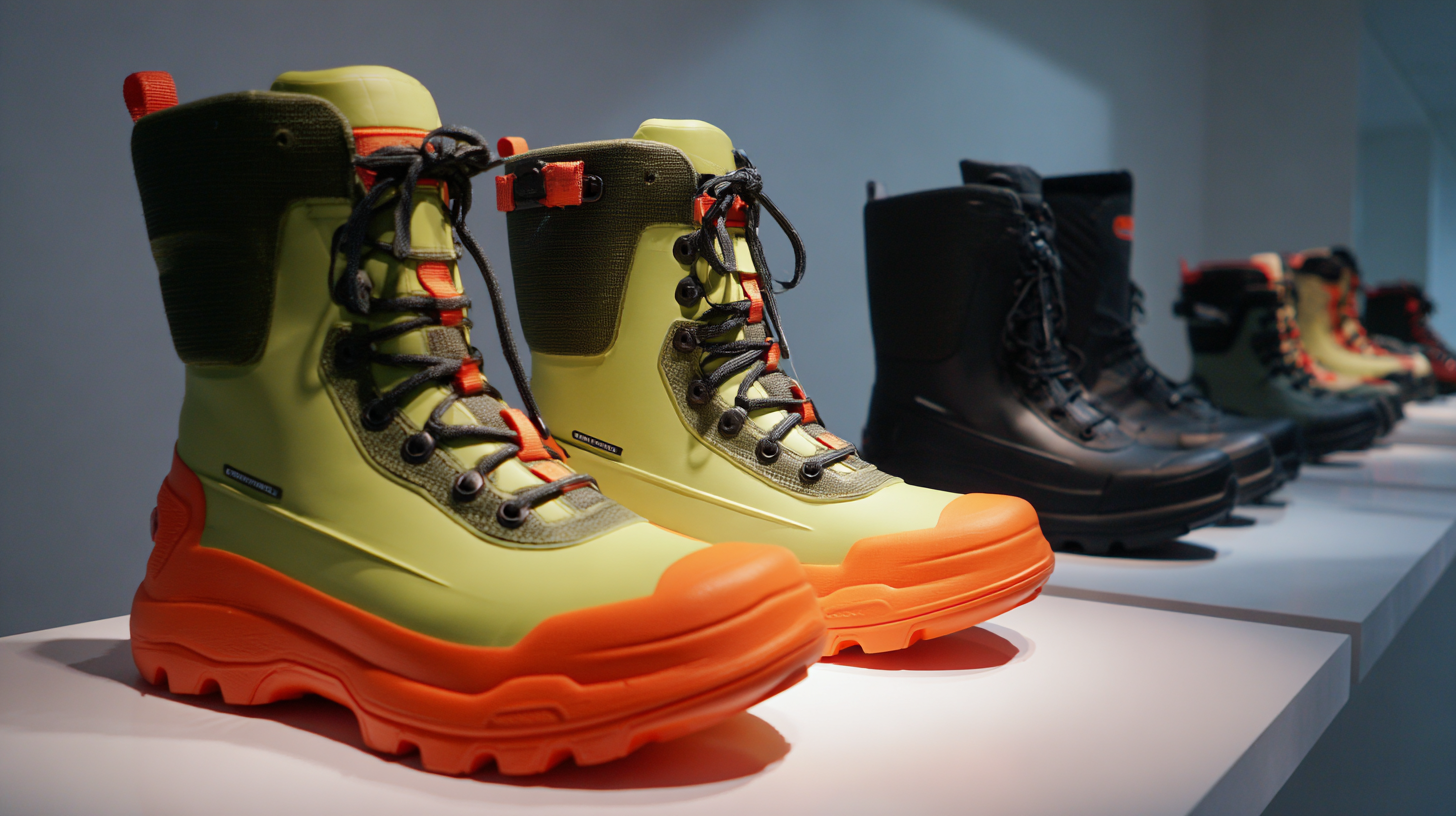
Moreover, the global flip-flop market, valued at $22.4 billion in 2024, is forecasted to reach $30.2 billion by 2033, reflecting a compound annual growth rate of 4.1% from 2026 to 2033. This surge is underscored by a general pivot towards casual footwear as consumers increasingly seek comfort without compromising on style. The children’s footwear market is also poised for growth, expected to rise from $43.08 billion in 2025 to $58.96 billion by 2033, indicating a promising landscape for neoprene boots catering to younger demographics. Such compelling data points reveal the dynamic potential of the neoprene footwear market, driven by evolving lifestyle demands.
The 2025 China Import and Export Fair is set to showcase significant advancements in the manufacturing of neoprene boots, reflecting the industry’s commitment to innovation. Recent technological breakthroughs in materials science have led to the development of lighter, more durable neoprene blends that enhance the performance and comfort of footwear. These advancements not only improve waterproofing and insulation but also contribute to a reduced environmental impact through the use of eco-friendly materials, aligning with global sustainability trends.
Furthermore, automation and smart manufacturing techniques are revolutionizing the production processes for neoprene boots. Techniques such as 3D printing allow for more customized designs, catering to specific consumer needs and preferences. Additionally, integrating IoT technology into production lines enables real-time monitoring and quality control, ensuring that every pair meets stringent performance standards. As manufacturers embrace these technologies, the neoprene boot sector is poised for a transformation that promises to enhance consumer experience and set new benchmarks in quality and innovation.
The global market for neoprene boots is set to witness significant transformations after 2025, driven by evolving consumer preferences and technological advancements. As more outdoor enthusiasts prioritize sustainability and performance, manufacturers are expected to innovate with eco-friendly materials and designs that enhance both comfort and durability. Enhanced breathability and insulation will likely become key selling points, catering to diverse weather conditions and activities.
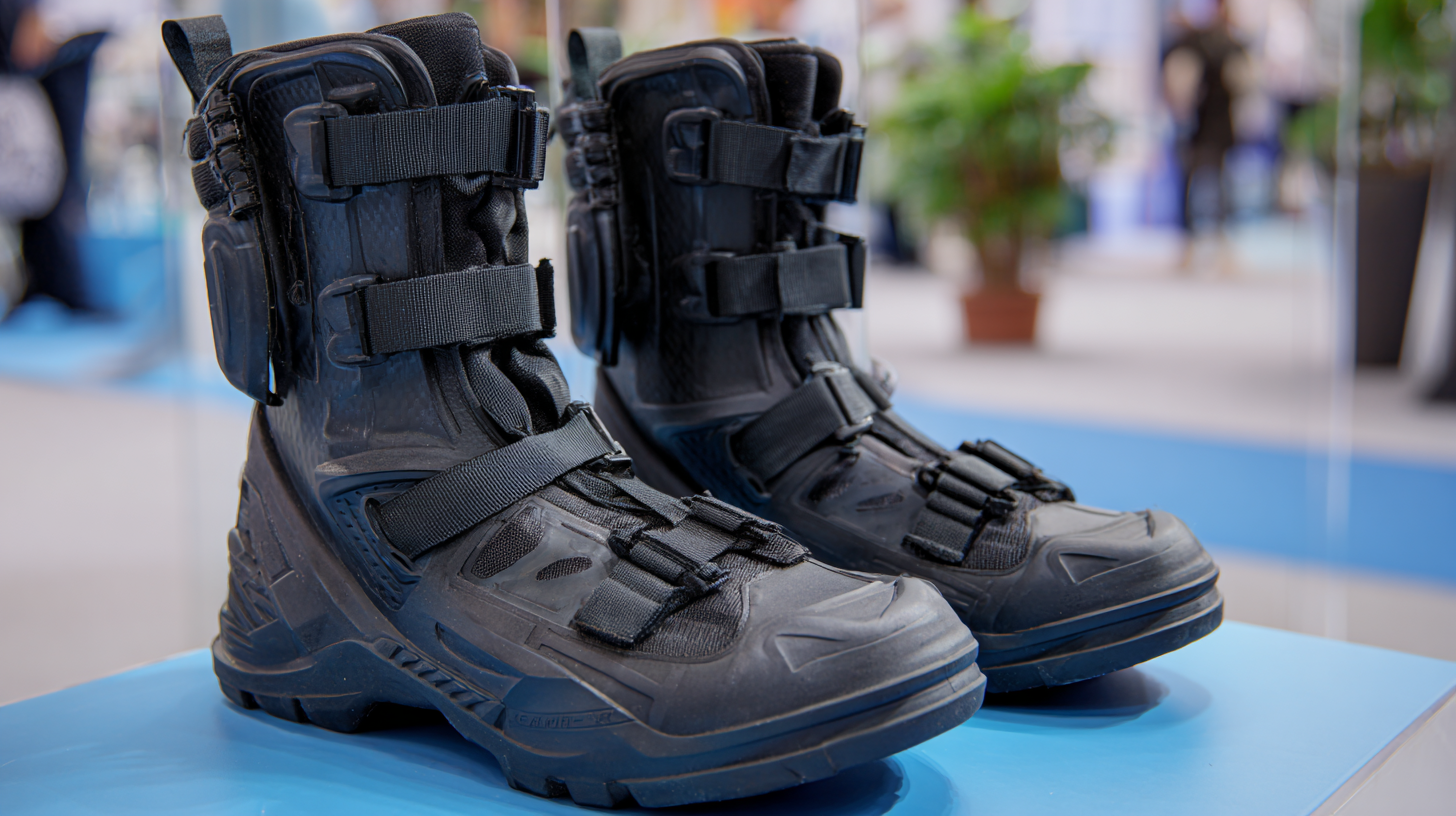
Tips for consumers considering neoprene boots post-2025 include looking for products with a strong emphasis on sustainability. Brands that utilize recycled materials or eco-conscious manufacturing processes will not only contribute to environmental preservation but also support a growing market trend. Additionally, pay attention to fit and functionality; a well-fitted boot can enhance your overall outdoor experience, ensuring you remain comfortable, whether you’re hiking, fishing, or working.
As the market evolves, the importance of customer feedback will come to the forefront. Engaging with brands through reviews and direct communication will help consumers influence future designs and features. Keeping an eye on emerging trends and attending expos, like the 2025 China Import and Export Fair, will ensure you stay informed about the latest innovations in neoprene boot technology.

